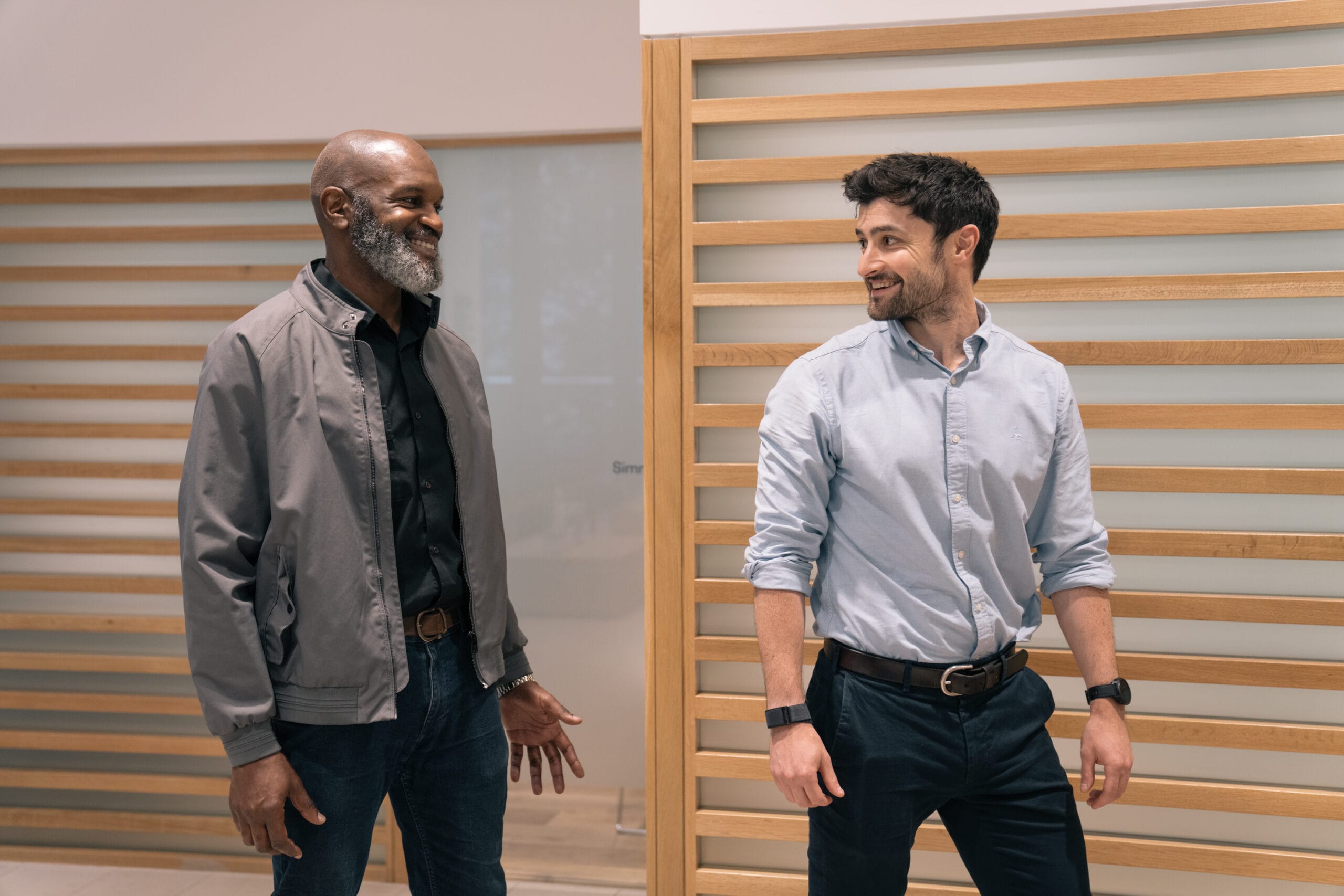Claire Small Says Life is Not a Spectator Sport

Claire Small
Chief Clinical Officer & Consultant Physiotherapist
- 21 September, 2018
- Exercise
- 3 min read
With Wimbledon and the Euros just finished and the Olympics about to start, many of us are spending large parts of the summer glued to the television.

If you’re like a number of my patients, watching these amazing athletes inspires them to pull out the tennis racquet, lace up their running shoes or get back in the swimming pool.
It is great to see sport encouraging physical activity in people, but for some individuals, this is the first time they’ve done this type of exercise since the last time Roger, Andy and Serena graced the grass at Wimbledon. Consequently, a number of them end up in my consulting room saying “I probably didn’t warm up enough. I’m not really sure what to do”. So — here are some simple tips and advice; but first a bit of anatomy.
When a muscle contracts, it’s fibres overlap to make the muscle shorter and move the bone it attaches to. When it lengthens or stretches, the fibres become pulled apart and the overlap reduces to a minimal distance. When people tear a muscle, it is because they have pulled some of the muscle fibres apart so they are no longer overlapping. Most of the time, it is only some of the fibres that are torn. The severity of the injury depends largely on what percentage of the muscle fibres have been torn. It is very rare to completely tear a muscle, and muscle heals relatively quickly because it has a very good blood supply.
Whether you should stretch before exercise has been controversial for a long while, with some research suggesting it increases the risk of injury rather than preventing it. It is now thought that sustained stretching, where a muscle is held in a stretched position for a long time is not a good thing to do before going out and doing something that requires the muscle to continually shorten and elongate, as any activity does, and especially if you are doing this at speed, as you are in sports like tennis, football, netball or running.
Instead, warming up should be a dynamic activity where the muscle gets used to contracting and relaxing and the brain switches into making muscles alternately shorten and lengthen at various speeds.
Start with a gentle activity to warm the body up — a walk to the tennis courts or around the football pitch, or a 5 minute cycle on the exercise bike at an easy pace.
From there, undertake a 5min session of movements that put the joints and the muscles that you are going to be using through their full range of motion and provides some stretch to the muscles, but only momentarily. This type of exercise mimics what happens to the body in sport, but in a more controlled fashion that allows you to loosen muscles and joints up in a gradual fashion.
I’ve put a selection of these types of exercises together to give you some ideas that you can access here.
Sustained stretching is thought to be more important at the end of the game, to stop you feeling stiff the day after, but also to ensure your body does not become more stiff over time. Stiffness and a bit of soreness the day or two after a game is nothing to worry about. It is the effect of chemicals released by the muscles in response to activity, and wears off with time. You can minimise the effect of this soreness and stiffness by doing some stretching, some gentle cool down activity like a walk home or around the pitch, and a cold bath or shower. Many high level athletes use ice baths to reduce the soreness after games. Have a quick look on Google for the interesting faces they make getting in!
Possibly more importantly is the need to stretch after sport or activity to prevent long term problems that can develop if certain muscles become too stiff and tight. Muscles become tight because we use them too much. Think about it – you don’t see too many couch potatoes with tight muscles…….
If certain muscles become too tight, they stop the body moving normally, putting stress on other areas that can sometimes (not always) lead to tissue strain and injury in these regions. This is easily prevented with a gentle stretching session of sustained stretches at the end of a game when the muscles are warm. If this isn’t possible, stretching that evening or the next day, is still very beneficial. Common muscles groups we should be stretching like this include the calves, hamstrings, quadriceps, pectorals and neck. How long you hold a stretch for this purpose is still a matter for scientific debate, but I always advocate 30second holds to my patients to ensure they are doing these stretches nice and slowly and not rushing anything. Never force the stretch and never let anyone else force a stretch unless they have some training in this area.
Hopefully, you’ll incorporate some of this information into your next sporting activity or event, meaning you’ll be uninjured and won’t be walking through my clinic door saying “Claire – I wasn’t sure what I should be doing”.
Enjoy the rest of the sportsfest this summer.

Advice
Over the last 20+ years our experts have helped more than 100,000 patients, but we don’t stop there. We also like to share our knowledge and insight to help people lead healthier lives, and here you will find our extensive library of advice on a variety of topics to help you do the same.
OUR ADVICE HUBS See all Advice Hubs

